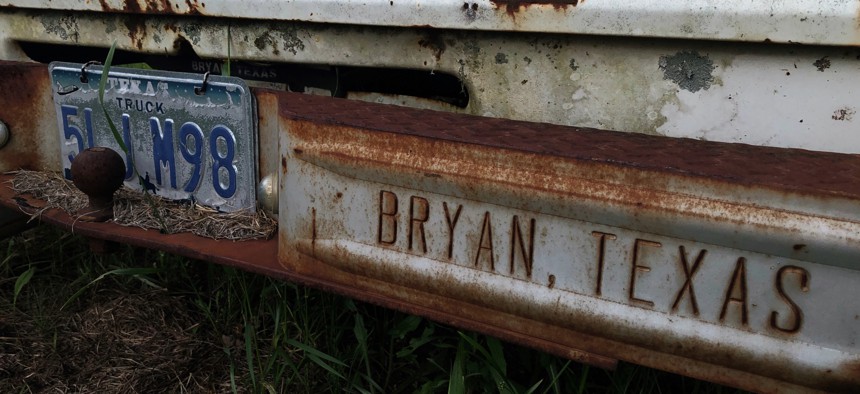
Photo Kit / Shutterstock
A Small Texas City Will Become the Country’s ‘Hypersonics Research Capital’
The Army Futures Command will test missiles and autonomous vehicles some 100 miles east of Austin.
The U.S. Army Futures Command may be in Texas to take advantage of Austin’s tech-startup scene, but the Lone Star State has at least one other feature that meshes well with research into hypersonic missiles, lasers, and autonomous weapons: lots of room.
On Thursday, Texas A&M University announced that it will build a $130 million testing range, lab, and proving ground for the Futures Command on a 2,000-acre campus near the small city of Bryan, about 100 miles east of Austin. The facility will include a kilometer-long testing tunnel for hypersonic missiles, weapons that fly at five times the speed of sound.
“Texas A&M will be the hypersonics research capital of the country with the planned construction of a ‘ballistic aero-optics and materials’ [or BAM] facility,” Katherine Banks, Vice Chancellor and Dean of Engineering at Texas A&M, told a meeting of the university’s board of regents on Thursday. “BAM will consist of an above-ground tunnel that is one kilometer long and two meters in diameter with integrated sensors. It will be used for hypersonic and directed energy research.”
Currently, the Pentagon does much of its hypersonics testing at NASA’s Ames, Ca., facility, home of the world’s largest wind tunnel: at 80 feet by 120 feet. Military leaders have pointed out that China has built more test ranges for hypersonics than the United States. That’s contributed to a research and development gap in missile development. “If you look at some of our peer competitors, China being one, the number of facilities that they’ve built to do hypersonics…surpasses the number we have in this country. It’s quickly surpassing it by two or three times. It is very clear that China has made this one of their national priorities. We need to do the same,” DARPA director Steven Walker told reporters in March 2018.
The new facility will also have what the university is calling an “Innovation Proving Ground” for testing autonomous vehicles. “The systems involved are highly complex with networks and sensors using innovative operating approaches. Because of the integrated instrumentation and land area, a test-site like this is unique,” said Banks.
The Texas legislature kicked in $50 million to help develop the facility. Texas A&M will spend $80 million, including a $50 million building with labs, an office for the Army Futures Command, and an accelerator space; and $30 million for infrastructure improvements.




